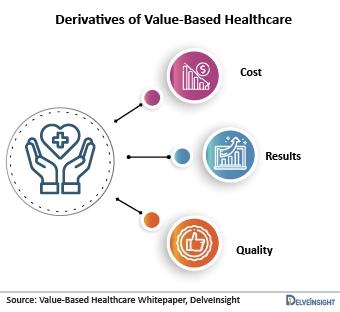
1 minute read
The Connectivity Between Value-Based Healthcare and Patient Advocacy
by Cheryl Petruk, MBA VBHC Greenbelt
In recent years, healthcare systems around the world have faced increasing pressure to improve patient outcomes while managing rising costs. This has given rise to the adoption of Value-Based Healthcare (VBHC), a model that focuses on improving the quality of care and patient outcomes while simultaneously controlling costs. At its core, VBHC incentivizes healthcare providers to deliver better care by rewarding them based on the value they create for patients rather than the volume of services provided.

A crucial aspect of VBHC is its emphasis on patient-centred care, which aligns seamlessly with the principles of patient advocacy. Patient advocacy is about empowering patients to understand and navigate the healthcare system, ensuring their voices are heard, and advocating for their rights, safety, and access to highquality care. We explore the vital connection between ValueBased Healthcare and patient advocacy, highlighting how these concepts transform healthcare delivery and improve patient outcomes.

Understanding Value-Based Healthcare (VBHC)
Value-based healthcare (VBHC) is a transformative approach to healthcare delivery that focuses on maximizing the value of care provided to patients. Value is defined as the outcomes achieved per dollar spent. In VBHC, the emphasis is on improving the quality of care, achieving better health outcomes, and reducing unnecessary services and costs. Unlike the traditional fee-forservice model, which incentivizes providers to deliver more services regardless of their impact on patient health, VBHC ties financial reimbursement to patient health outcomes and the efficiency of care delivery.










